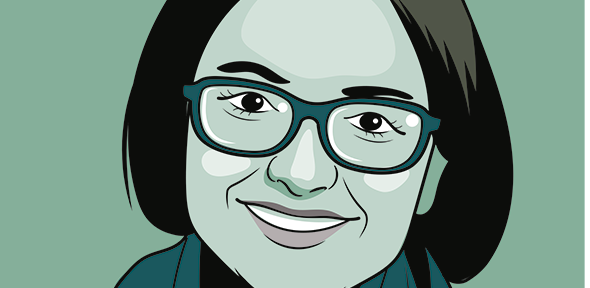Institute of Continuing Education (ICE)

Submitted by Amy Kingham on Wed, 16/02/2022 - 15:50
Field: History of Art
Courses taught at ICE: Undergraduate Diploma in History of Art. I have previously taught on Winter and Summer Virtual Festivals of Learning and short courses in history of art.
Subject specialism: European Renaissance and Baroque Art
I am an academic specialising in History of Art and Museology and I did my undergraduate and PhD degrees at the University of Cambridge. As well as working in higher education, I have held posts in the heritage and museum sectors. This has given me a passion for engaging with artworks in their original settings, such as historical buildings, or as part of wider collections. It has also made me appreciate the importance of curation and interpretation, and how these can help to engage new audiences with a range of visual and material culture.
History of Art boasts an immediacy which few subjects can offer; students can instantly share their responses to objects and artworks before exploring them in greater depth. Studying art history provides the tools to engage more actively with the heritage around us, whether that is in a local museum or on a long-awaited international trip. And History of Art is a cumulative discipline: the more art you study, the more confident you will become at interpreting new artworks and building connections between them.
History of Art has the scope to be a truly international discipline. It provides a window onto the world, giving us an insight into other countries and cultures through the legacy of their artistic production. In an increasingly interconnected world, developing such an understanding of diverse heritage is not only relevant and valuable, but also essential.
History of Art is the ultimate interdisciplinary subject. Visual imagery has the potential to bring together disciplines as wide-ranging as science, literature, theology, music and classics. It brings together people, too – you are never stuck for something to talk about if you are standing in front of a work of art! What is more, every exhibition you see, art history article you read or course you take broadens your expertise and prepares you to tackle new topics.
My first book, Visual Cultures of Death in Central Europe (Brill 2015), explores the emergence of a pre-occupation with a so-called "culture of death" in Poland-Lithuania from the sixteenth to the eighteenth centuries. It draws upon my fieldwork in the archives, museums and historical sites of East-Central Europe and includes many of my own photographs of the art and architecture from this often-overlooked region. I am working on several new projects, and my most recent work on Ottoman-inspired dress in European portraiture will be published in a collective volume next year.
I write as well as read fiction, and have just completed a Master’s degree in Creative Writing. I also enjoy travelling and have a couple of trips to Central Europe planned for next year, if all goes according to plan!